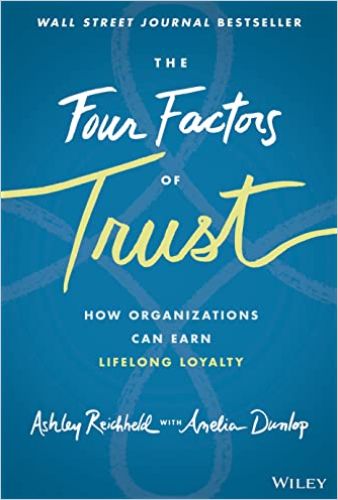8. Breach of Trust

I vividly recall the moment when I discovered a colleague’s betrayal. We had discussed his future in my company, set goals together, and parted ways amicably, only for me to learn later that he had signed with a competitor, copied internal documents and attempted to poach others. The breach deeply affected me.
As someone who inherently assumes trustworthiness in others, instances of betrayal are incredibly impactful. Despite the occasional pitfalls of this trusting nature, I believe in the inherent goodness of people until proven otherwise. To mitigate breaches of trust, I employ two protective mechanisms.
- Firstly, I foster a critical environment by encouraging critical thinkers in my team. These voices counterbalance my predisposition to trust easily.
- Additionally, I rely on three trust markers: humor, handling mistakes and social closeness.
Humor serves as an indicator of shared values: Can I laugh together with my counterpart? Do we speak the same language regarding values, decency, and intellectual horizons? I was recently invited to a political event and felt very uncomfortable the whole evening because the people there lacked any charm and wit in their jokes – so that didn’t add anything to my trust account, even though this was likely the sole purpose of that invitation.
Dealing with mistakes is about revealing your own shortcomings, showing vulnerability and seeing how the other person deals with them. For example, I’m horrible at tidying up my office. Does the other person make jokes about it? Or does it help me to keep it tidy?
And then there’s closeness: I don’t enter into partnerships with people if we haven’t visited a pub together. Does the other person give me a friendly pat on the back after a beer, or do they misbehave? Targeted, informal interaction gives me a deep insight into character and lifestyle.
Despite precautions, trust breaches may occur.

In such cases, transparent communication is crucial. Open discussions about breaches of trust create clarity and promote understanding. The organization should be informed about measures and consequences. Establishing clear boundaries and a gradual return plan are essential if deemed appropriate. The healing process should be accompanied by personal reflection and growth, with forgiveness being a potential outcome.
Three rules:
- Transparent Communication: Open discussions about breaches of trust create clarity and foster understanding. The organization should be informed about the measures and consequences.
- Rigorous Distancing: Setting clear boundaries is necessary. You should immediately distance yourself from people who have demonstrably abused your trust. A gradual return may be considered under specific conditions after a reasonable period.
- Healing and Forgiveness: Acknowledge the pain of a breach of trust as part of the healing process. Rigor should be balanced with personal space for reflection and growth. Under certain circumstances, forgiveness becomes possible when inner peace is restored and observable changes are evident.
The colleague mentioned at the beginning reached out after a year, apologized, and expressed interest in rejoining. While dismissing him would have been easy, I chose to provide a chance with conditions, emphasizing the importance of acknowledging past actions. This approach, guided by distance and reflection, is a testament to navigating breaches of trust as a manager.
To be continued. Find all columns here.






